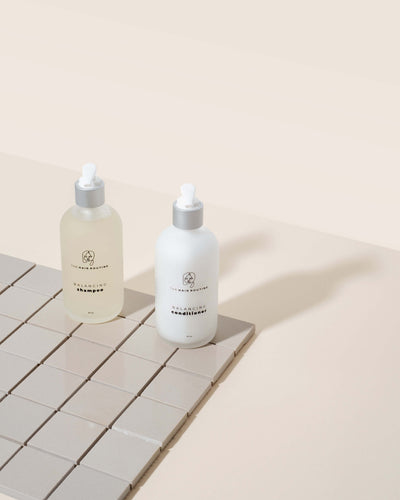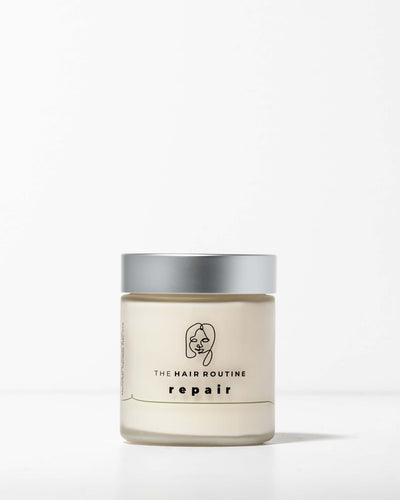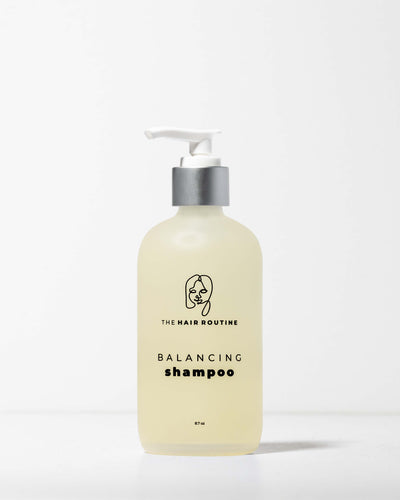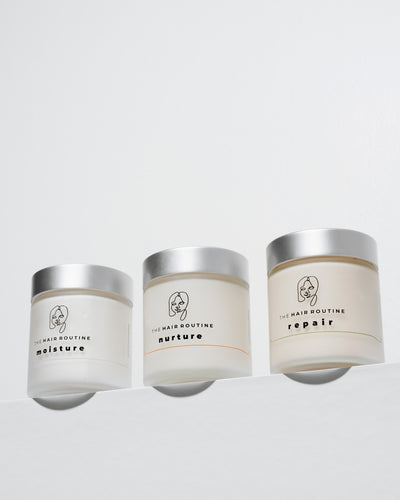How to Co-wash your hair?
Last week we introduced you to this I’m-in-love-technique on how to wash your hair without causing it too much damage: conditioner washing – or co-washing. This week we will tell you exactly how to do it. It’s very easy but there is one key thing you need to understand here. It is true that with this method you do not need to use any shampoo, but this doesn’t mean that you skip the shampooing, or cleaning, part of your shower. So let’s keep in mind that you won’t necessarily use less product, you will actually use way more – a lot more – conditioner than before.
Step by step of co-washing:
- First thing’s first, wet your hair with warm water. When it’s soaked, squeeze it to remove the excess;
- Grab a decent amount of conditioner that is suitable for co-washing. About 5 to 6 pumps of the Balancing Conditioner or an amount that covers the palm of your hand should be enough;
- Apply it through your scalp. Massage with your fingertips for a while, just as you would do if you were using shampoo, gently cleaning the oily parts and activating scalp circulation.
- Rinse your hair and add another decent handful of conditioner to actually condition the hair strands, smoothly using the fingers to help detangle it.
- Rinse it well, making sure non of the product is left, and voilà! Your hair is perfectly washed, without having to put any detergents in it.

Now, I’m sure you are wondering: how is this possible?
I know, we have been told never to put any conditioner on the scalp, and to only focus on the hair strands. The reason we’ve been taught to do this is because the majority of conditioners are made with silicones and petrolatum. They have the function of working like makeup by hiding the “imperfections” of the hair, building a film around the strand to make it look good. We don’t want that!
The straightforward explanation
We’ve learned at school that “like dissolves like”, right? Taking into consideration that oil is a non-polar substance, it needs another non-polar substance to dissolve it. Conditioners suitable for co-washing are essentially a blend of water, which is a polar “universal solvent”, emollients and oil, that create a mixed substance that is able to capture the excess of oils and dirt from the scalp and hair, making it clean without stripping it. And just like that, the natural added oils from the conditioner help keep our hair’s natural oil – that sulfates and surfactants would have removed completely, leaving the strands more prone to dryness and frizz.
I bet I just gave you some flashbacks to chemistry class, didn’t I?
Try this out for the next washes, and let us know how it feels. Understand that you will need a bit of time to fully adapt to this style of cleaning. In the beginning, it might feel like the hair is getting greasy faster than usual, but with persistence, it will definitely get adapted.
Ingredients to absolutely avoid when choosing a conditioner for co-washing:
- Petrolatum
- Mineral Oil
- Paraffinum Liquidum
- Isoparaffin
- Vaseline
- Alkane
- Dodeceno
- Amodimethicone
- Cetearyl Methicone
- Cetyl Dimethicone
- Cyclomethicone
- Cyclopentasiloxane
- Dimethicone
- Dimethiconol
- Dimethypolysoxane
- Methicone
- Phenyl Trimethicone
Shop conditioner suitable for co-washing







